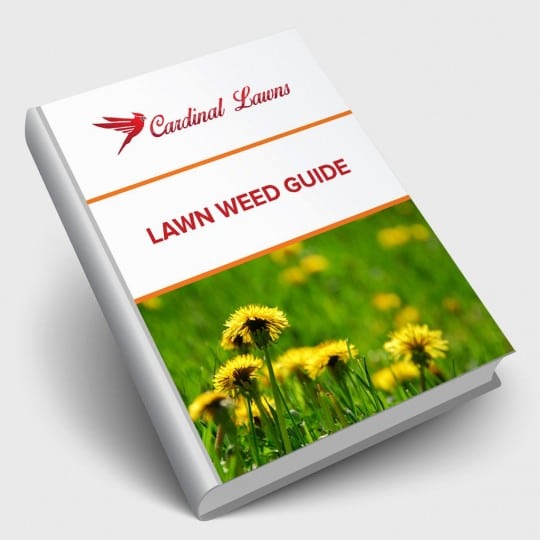Identifying Woody Weeds
Control Them Before They Take Over
Posted
June 16, 2022

There are many ways to classify a weed. Two main types are broadleaf and grassy weeds that easily pop up anywhere in your lawn or garden. But then you have more hardy weeds that can be more harmful and invasive than others. Properly identifying woody weeds can help determine the best way to control them before they take over.
Identifying Woody Weeds
When it comes to weeds, it’s easier to control them when you know what you’re dealing with. Many weed products only work on certain weeds, so proper identification is key. Once you know you’re dealing with a woody weed, you can narrow down your treatment options.
As their name suggests, woody weeds are hardier varieties that can be tougher to control than others. Typically plants found out in the woods can survive under the harshest conditions, so this isn’t something you want to get out of control.
Some of the most common characteristics of woody weeds include:
- Grow as vines, shrubs, or trees.
- Typically, if the type of plant has grown in one area before, it’s likely to grow back if any of its roots are still intact. This is even true for trees and shrubs that have been removed.
- Leaves can be rounded and broad or thin and needle-like.
Some of the more common woody weeds include:
- Bamboo
- English ivy
- Scrub brush
- Wild berries
- Poison oak and ivy
- Gum tree
Not only can woody weeds be invasive, poisonous, and hard to control, but they compete and steal nutrients from other plants in your garden. In order to save yourself and your plants, there are certain ways to help control the woody weed population.
Weed Control
Any type of weed control will depend on the type of weed and the environment. Some weeds only grow for one season and then die, others come back year after year. Some are impacted by harsh weather conditions and others bounce back easily.
Since woody weeds are harder to control than others, simple hand-pulling may not be as effective. Using root barriers and layering mulch may help decrease the number of weeds that pop up, but only for a short time. Eventually, woody weeds may find a way through these natural barriers. \
When it comes to using herbicides, you have to make sure the formula targets the weeds in question. You also have to make sure you’re using the product at the right time. Pre-emergent herbicides work better as a preventative measure. Post-emergents work once the weeds have broken through the surface. Selective formulas target specific weed types. Non-selectives will kill anything, even your grass and desired plants.
It’s also a good idea to fully familiarize yourself with any product you use and follow package directions for best results. For better results, contact Cardinal Lawns for expert weed control throughout your yard and give the hardy woody weeds a fair fight.

Download Your FREE Lawn Weed Guide
Before weeds take over your yard this season, learn to identify and prevent them in the first place. Keep your lawn looking great all year!